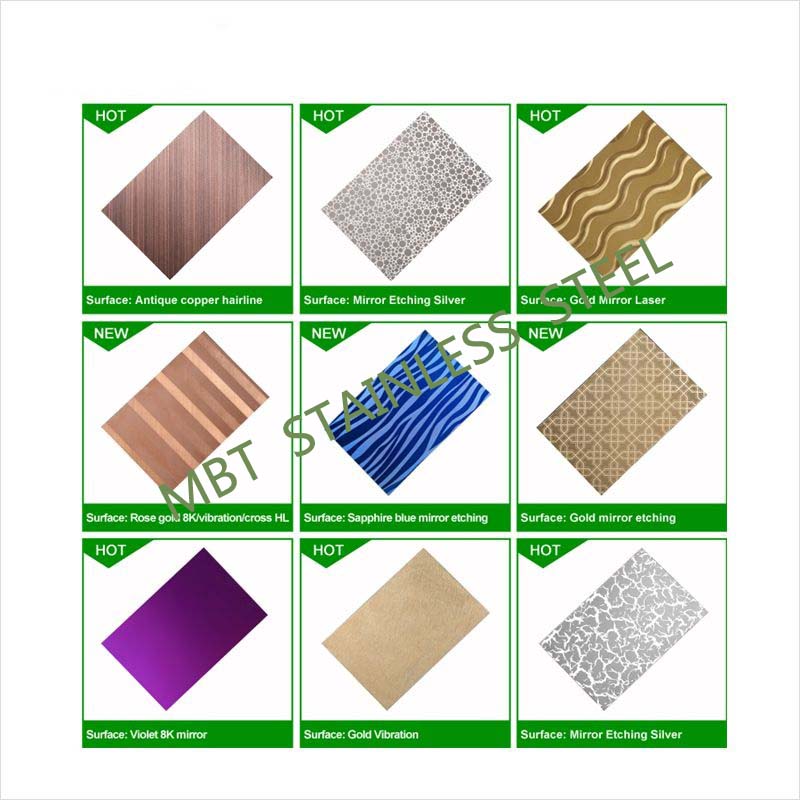Stainless steel is a versatile and widely used material in various industries, known for its corrosion resistance and durability. When it comes to stainless steel, two popular grades are 304 and 201. Understanding the differences between these grades and their applications can help in making informed decisions for your specific needs.
The 304 stainless steel grade is the most commonly used stainless steel alloy, known for its high corrosion resistance and durability. It contains a higher percentage of chromium and nickel, making it suitable for a wide range of applications, including kitchen equipment, food processing, and chemical containers. Its superior corrosion resistance makes it ideal for use in environments where exposure to harsh chemicals or high humidity is a concern.
On the other hand, the 201 stainless steel grade is a more affordable alternative to 304, with a lower nickel content and slightly less corrosion resistance. While it may not offer the same level of protection against corrosion as 304, it is still suitable for many applications, such as decorative trims, appliances, and automotive trim. Its lower cost and good formability make it a popular choice for projects where cost-effectiveness is a priority.
When it comes to choosing between 304 and 201 stainless steel grades, it’s essential to consider the specific requirements of your application. If corrosion resistance and longevity are crucial factors, 304 stainless steel is the preferred choice. However, for projects where cost is a significant consideration and the environment is less corrosive, 201 stainless steel may be a suitable option.
In conclusion, understanding the differences between 304 and 201 stainless steel grades is essential for selecting the right material for your specific application. While 304 offers superior corrosion resistance and durability, 201 provides a more cost-effective alternative for less demanding environments. By considering the specific requirements of your project, you can make an informed decision and ensure the optimal performance of your stainless steel components.
Post time: Oct-07-2024




